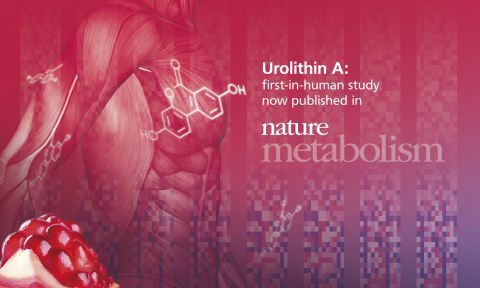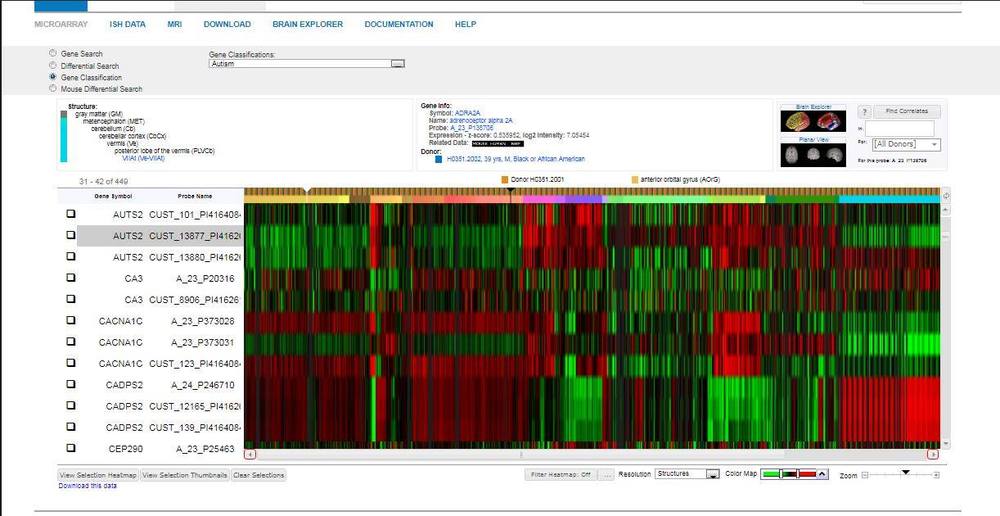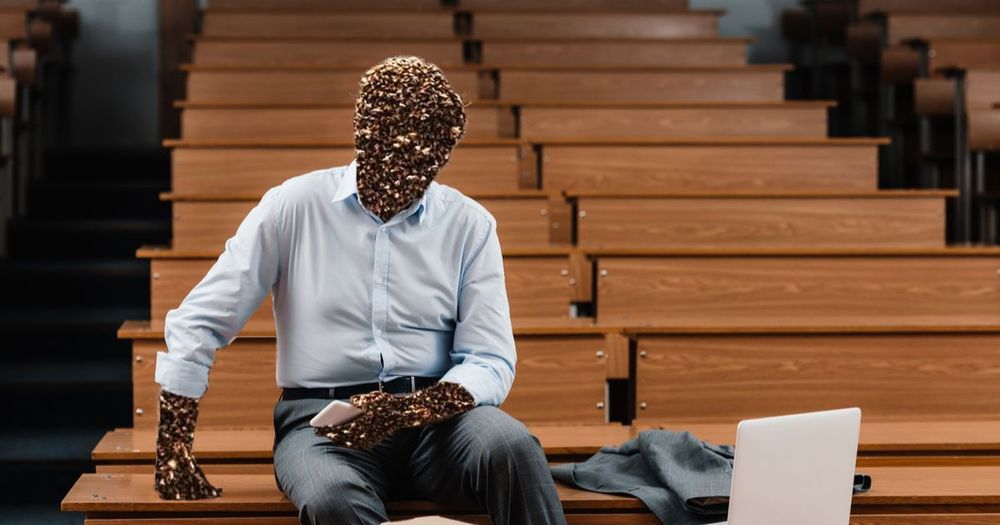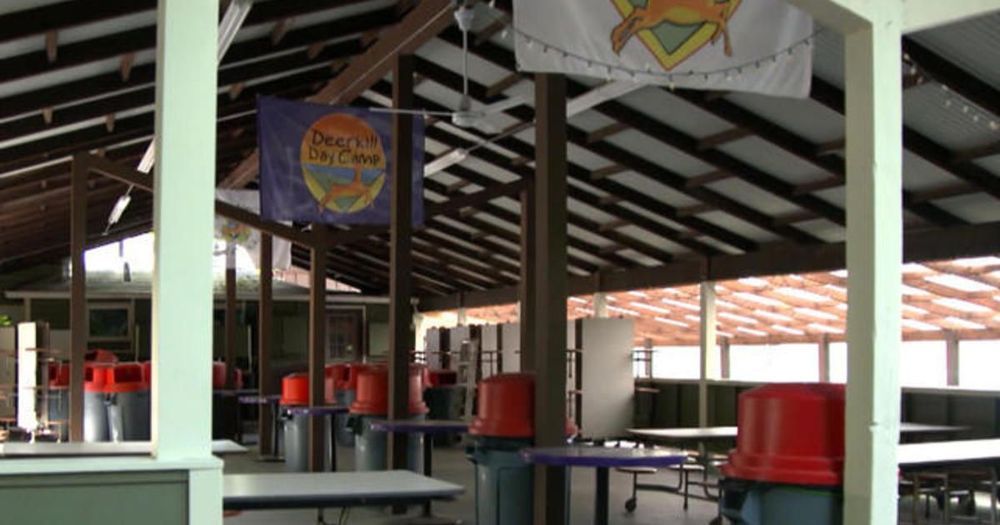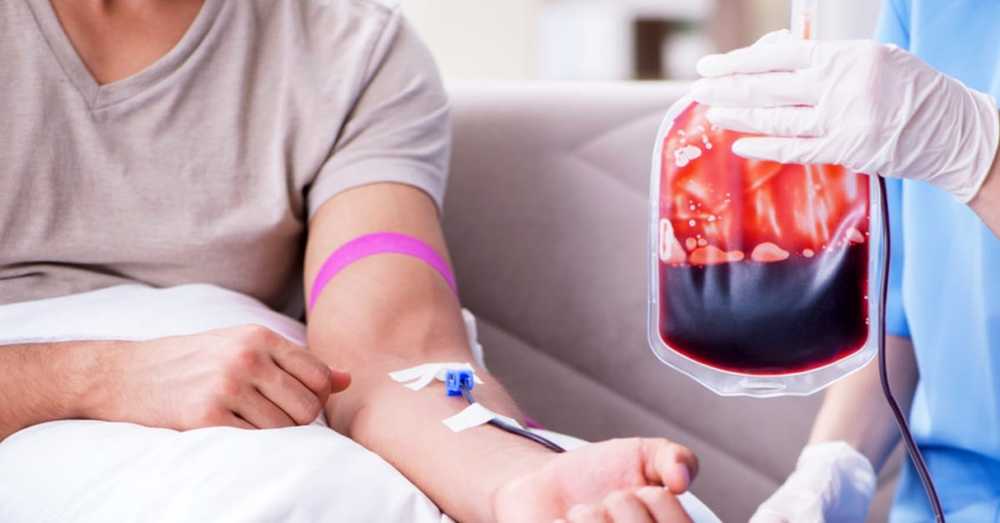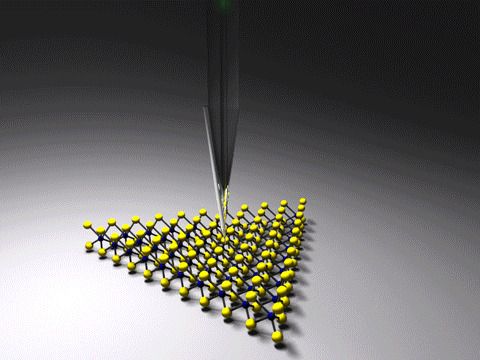LAUSANNE, Switzerland—(BUSINESS WIRE).
Breakthrough translational science of dietary supplementation with Urolithin A, a pomegranate metabolite, on mitochondrial and cellular health in humans published in the journal Nature Metabolism
Amazentis, an innovative life sciences company pioneering scientific breakthroughs in nutrition to manage health conditions linked to aging, announced today a collaborative publication in Nature Metabolism with scientists at the École Polytechnique Fédérale de Lausanne (EPFL) and the Swiss Institute of Bioinformatics (SIB) demonstrating the Company’s lead product, Urolithin A (UA), is safe, bioavailable and improves mitochondrial and cellular health in humans.
